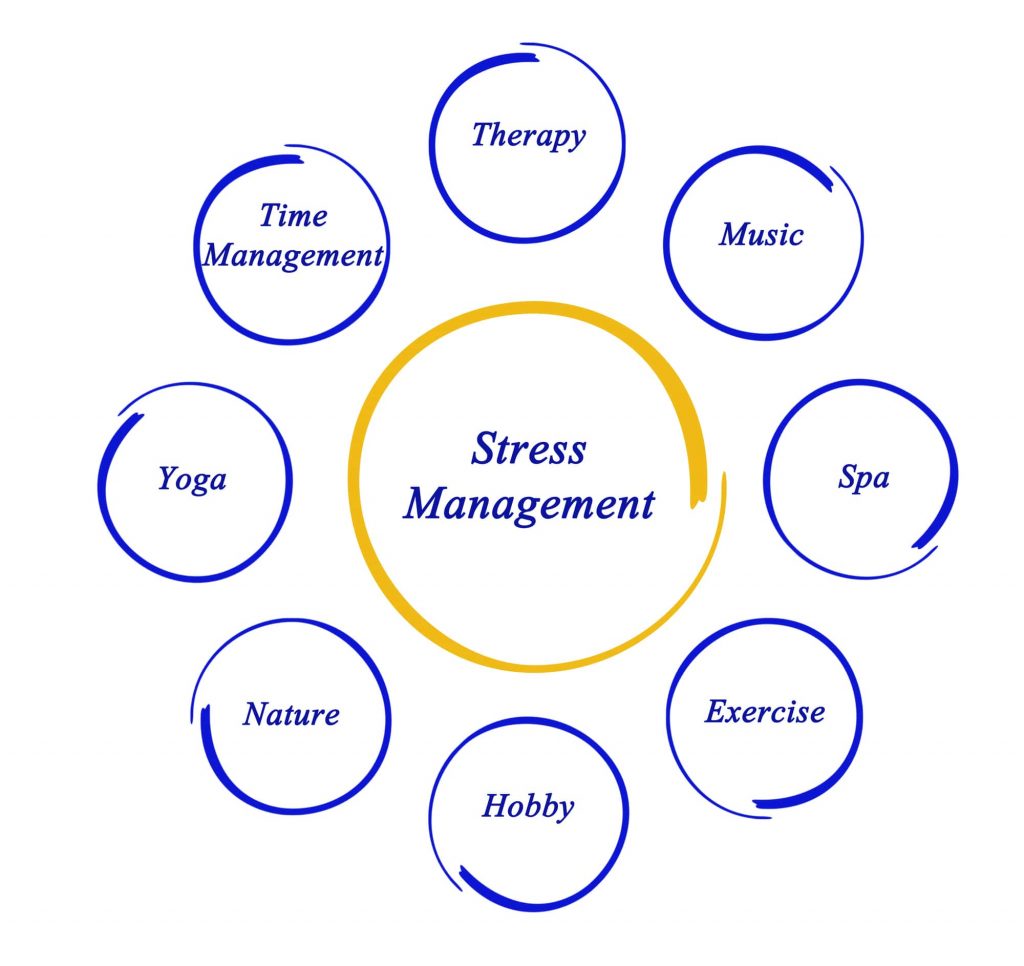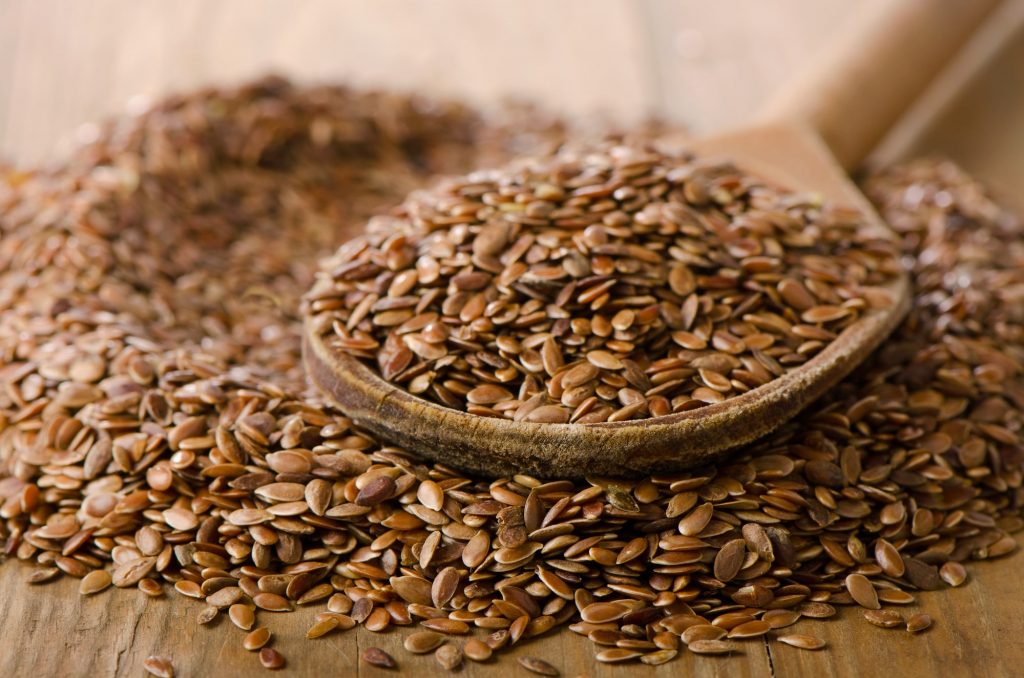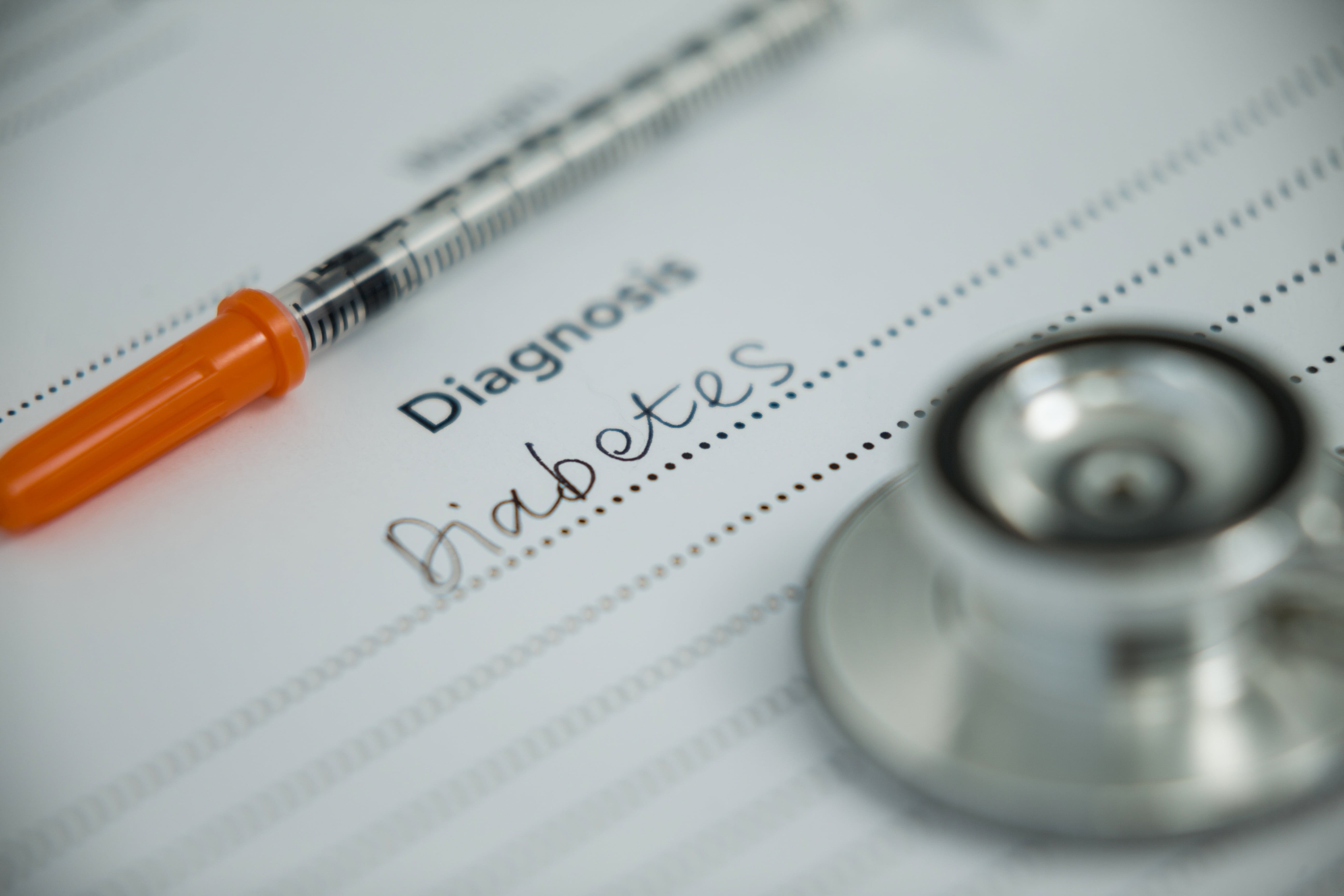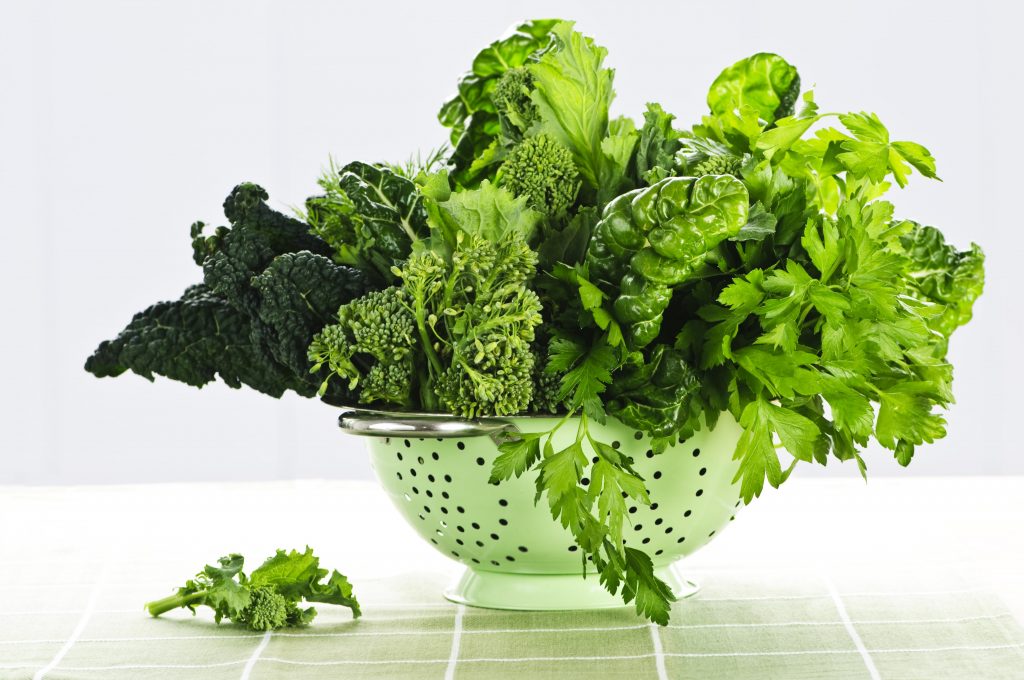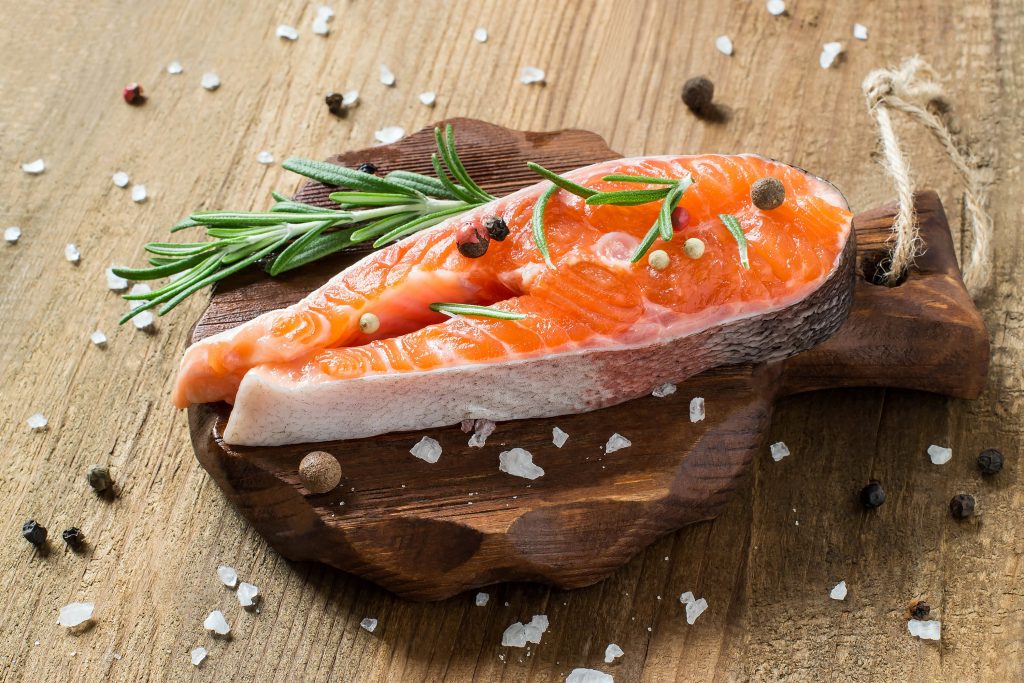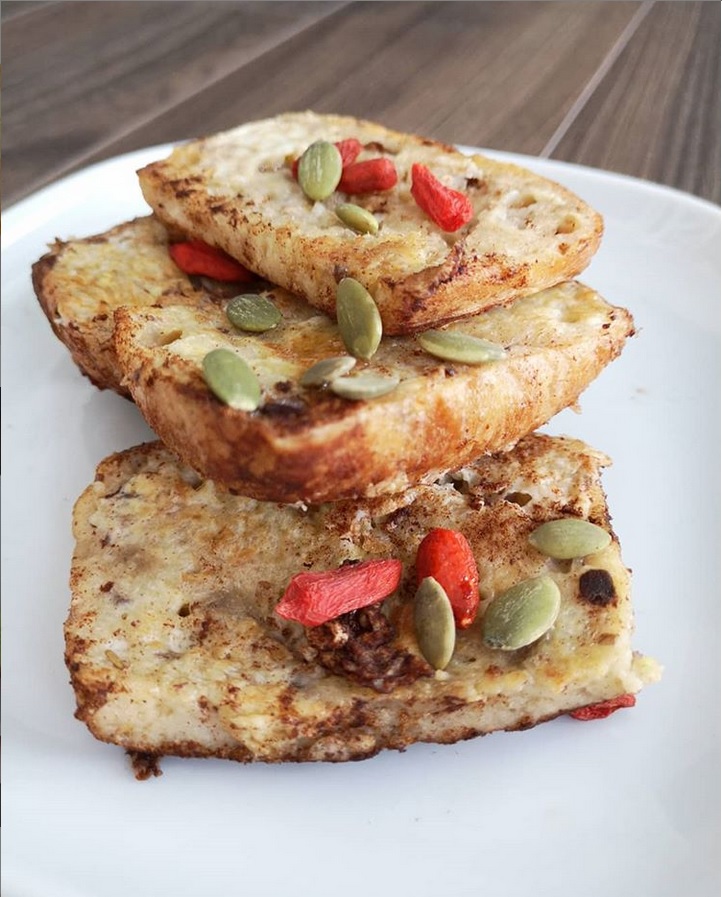Lion’s mane mushroom (Hericium erinaceus) is a type of mushroom that is known for its wide range of impressive health benefits. As its name suggests, this mushroom physically looks like the mane of a lion. This long, shaggy and white mushroom has been used medicinally for thousands of years, all over the world. Numerous studies have shown it’s a powerful natural remedy for so many health concerns. Here are some of the amazing health benefits of lion’s mane.
Regenerates & Improves Brain Function
Researchers have found that people who had mild and chronic cognitive dysfunction found relief after taking lion’s mane mushroom extract for several weeks. Also, it is suggested that older people who have cognitive impairment can use lion’s mane mushroom to improve on their brain function. (1)
Additional research has shown this particular mushroom to improve brain function in children, adults and the elderly. Similarly, people who have experienced brain damage due to trauma or accidents can use lion’s mane mushroom to regenerate their brain function. (2)
Click here to read, “5 Ways to Keep Your Brain Healthy”.
Improves Memory & Focus
If you are looking for a natural way of improving your memory, look no further! You’ll find the results quick and incredible. Within days to a few weeks of taking this extract, within, you will begin experiencing improved memory. (3)
Also, lion’s mane mushroom can improve focus in individuals who have difficulty concentrating. With age, the brain’s ability to develop is reduced. Mental functioning for older adults typically worsens. However, this problem can largely be avoided by taking lion’s mane mushroom regularly, to improve focus and memory.
Click here to read, “Diabetes – The Hidden Cause Of Alzheimer’s?”
Relieves Depression & Anxiety
Depression and anxiety affects millions of people worldwide affecting an individual’s quality of life as well as their daily productivity. Those who use lion’s mane mushroom have been shown to experience relief of these symptoms. (4)(5)
It helps regenerate brain cells that are responsible for emotional responses. The mushroom can be taken in the form of an edible such as healthy homemade cookies.
Improves Heart Health
Studies have revealed a strong connection between this mushroom with improved heart health. It is estimated that a third of the world’s population have heart issues. Since Lion’s mane mushroom extract can lower cholesterol levels, it can also help with heart problems that are linked to cholesterol. (6) Thus, taking this mushroom extract daily can help reduce the chances of getting heart-related problems.
Click here to read, “Calcium without Vitamin K2 is a Heart Breaker”.
Promotes Digestive Health
Lion’s mane is known to aid in digestive system functioning. It enables the stomach and the liver to do their job in the digestion of food. People who have gastric inflammation, ulcers, and stomach pains have found relief with using this mushroom. (7)(8)(9)
Click here to read,”What’s The Big Deal About Probiotics?”
Prevention & Treatment Of Cancer
Lion’s Mane mushroom has antioxidant properties which play a huge role in the prevention and treatment of cancer. For example, studies demonstrate that this particular mushroom can help kill leukemia cancer cells.
Similar studies have shown that the mushroom can help in fighting colon cancer, liver cancer, and gastric cancer cells. It works by stimulating NK cells and macrophage activity. It inhibits angiogenesis (the development of new blood vessels) involved in fighting cancer cells. Thus, reducing tumor size. It has also been found that when this mushroom was combined with doxorubicin (a chemotherapy drug), a known drug resistant human liver cancer became treatable. To prevent and treat the cancer cells, one should take lion’s mane mushroom extracts daily for maximum results. (10)(11)(12)(13)
Enhances The Immune System
Since it contains both anti-inflammatory and antibacterial properties (which enhance immune system function) taking lion’s mane mushroom extracts regularly will reduce your risk of bacterial infections and inflammation. (14) It can also provide healing for wounds when applied to the skin.
Also, this mushroom helps in nervous system recovery by encouraging the growth of new nerve cells. Thus, in turn will assist your immune system. (15)
Click here to read, “This Secret Extract Gives A Massive Boost To Your Immune System”.
Anti-aging
A lot of the popularity surrounding lion’s mane Lion’s Mane mushroom has to do with its anti-aging properties and its ability to improving your well-being. This extract is great for repairing damaged skin cells giving you that healthy glow!
Click here to read, “Scientific Key To Anti-Aging”.
Lion’s mane mushroom is available in different forms, which include capsules, liquid, teas, tablets, and powder form. The dosages vary from one form to another. It is essential to take the correct dosage to avoid over consumption. This mushroom is generally safe with no serious side effects reported. However, if you do experience any side effects, you should consult your healthcare practitioner immediately.
You’re one step closer!
References:
https://www.ncbi.nlm.nih.gov/pubmed/18844328
https://www.ncbi.nlm.nih.gov/pmc/articles/PMC4200813/
https://www.mdpi.com/2072-6643/11/4/715
https://www.ncbi.nlm.nih.gov/pubmed/20834180/
https://www.ncbi.nlm.nih.gov/pmc/articles/PMC5855563/
https://www.ncbi.nlm.nih.gov/pubmed/12843656
https://www.ncbi.nlm.nih.gov/pubmed/25070597
https://www.ncbi.nlm.nih.gov/pubmed/26853960
https://www.ncbi.nlm.nih.gov/pubmed/26933886
https://www.ncbi.nlm.nih.gov/pmc/articles/PMC4707368/
https://www.sciencedirect.com/science/article/pii/S0378874114001809
https://www.ncbi.nlm.nih.gov/pmc/articles/PMC3339609/
https://www.ncbi.nlm.nih.gov/pmc/articles/PMC4684115/
https://www.ncbi.nlm.nih.gov/pubmed/7950232
https://www.ncbi.nlm.nih.gov/pubmed/24266378
Dr. Casey Sinclair, D.C. is a leading holistic healthcare doctor trained in functional medicine. He has extended his reach around the world by co-founding Family Health Advocacy, a health advocacy group lead by doctors and health professionals providing resources and education on global health matters. He has been fortunate to act as health a consultant to some of the largest companies in North America and as a professional speaker he’s had the privilege of speaking to thousands of people. Dr. Casey is an advocate for people suffering with chronic pain and fibromyalgia and has authored a book on the subject.









